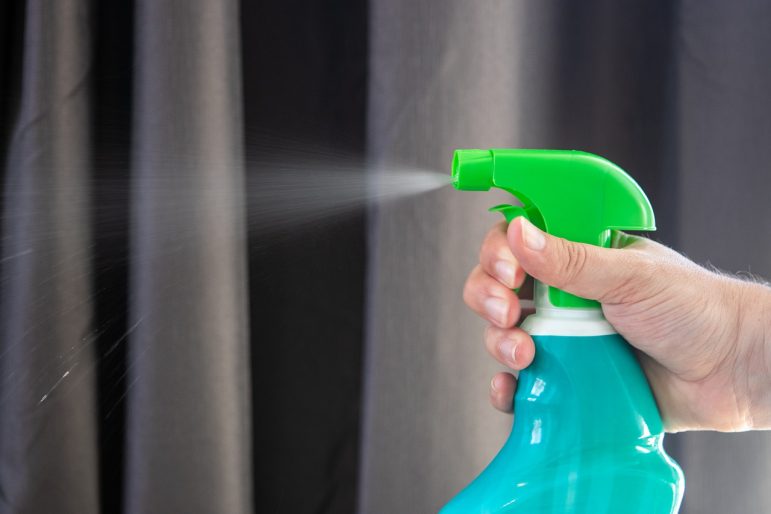Increased cleaning and disinfection has become standard practice since the onset of COVID-19. However, a new study from the Centers for Disease Control and Prevention (CDC) has questioned the increased use of disinfectants, highlighting concerns over misuse.
A recent “Science Brief” from the CDC has cast doubt on the amount of surface disinfection that may be necessary to quell the spread of COVID-19.
The CDC notes that while it is possible to contract the disease by touching contaminated surfaces and then touching your nose, mouth, or eyes, the chances of this happening are “generally less than one in 10,000.”
Further, effective handwashing can reduce these chances even more.
In most cases, the brief concludes, the transmission of the virus is generally through the inhalation of airborne droplets.
In addition, it states that on most surfaces, there is a “99 per cent reduction in infectious SARS-CoV-2 within 72 hours,” and that may actually even be faster as many studies are not conducted under “real-world” conditions.
“While the study does not call into question the need for surfaces to be kept clean, it does call into question the use of disinfectants,” says Stephen Ashkin, found and president of The Ashkin Group.
The study also warns that disinfectants are frequently misused.
“There have been increases in poisonings and injuries from unsafe use of cleaners and disinfectants since the start of the COVID-19 pandemic,” says the brief. “Some types of disinfection applications, particularly those including fogging or misting, are neither safe nor effective for inactivating the virus unless properly used.”
Ashkin emphasizes that a key conclusion of the report is that “we are likely over-disinfecting. It is unnecessary; it is proving to be unhealthy for people, including cleaning workers, and certainly not healthy for the environment.”
In reality, enhanced and effective cleaning and handwashing are likely all that is needed to curb the risk of spreading COVID-19.








